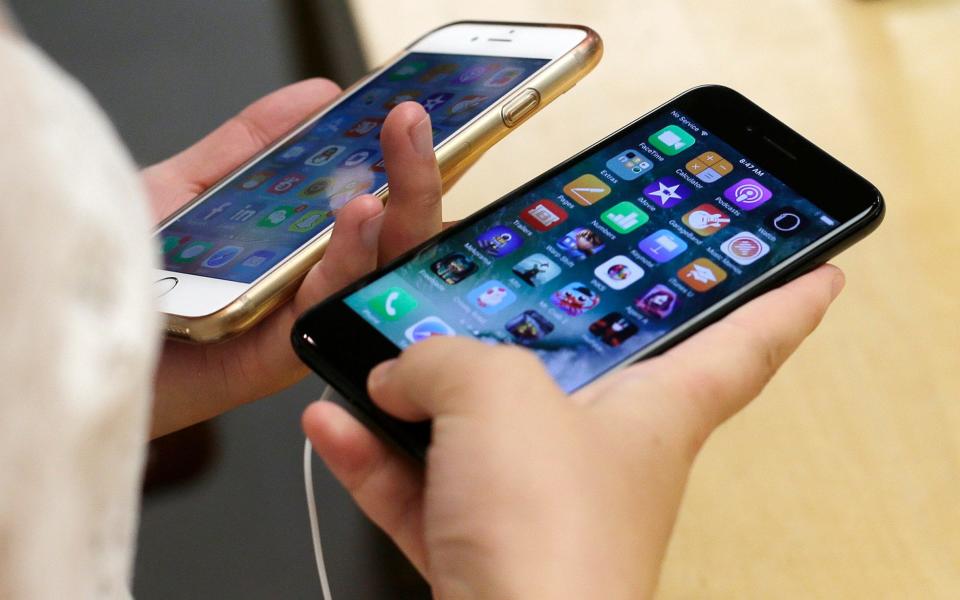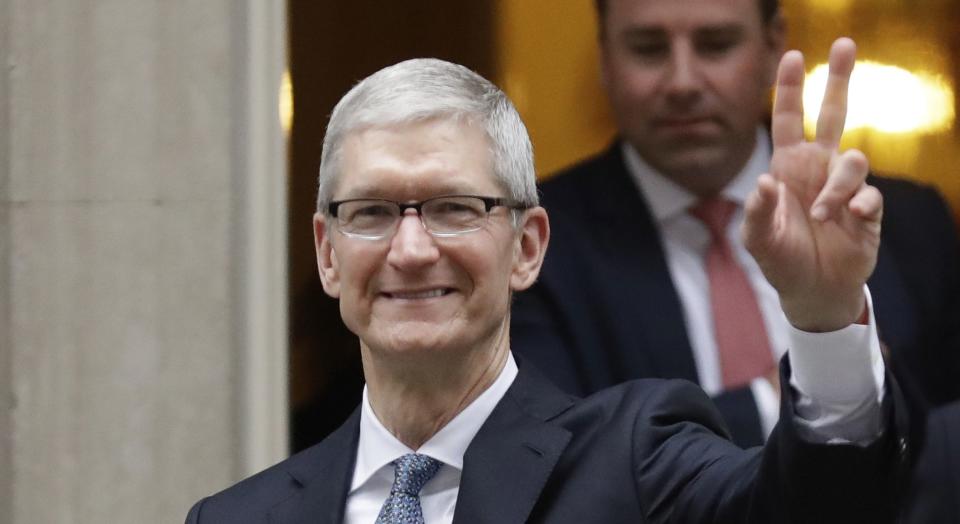Don't turn off your iPhone's performance limiter in iOS 11.3

Apple’s (AAPL) latest update to iOS, the operating system that powers millions of iPhones and iPads is here. IOS 11.3 brings with it a slew of improvements to the OS including new Animojis for iPhone X owners, the ability to chat with businesses in Messages, upgrades to ARKit that let you place digital objects on walls and access to users’ personal health records.
But the most noteworthy addition to iOS 11.3 is the new Battery Health feature. The Battery Health, which is still in beta, allows you to see your phone’s maximum battery capacity and whether it can handle running at peak performance.
The add-on is a direct reaction to the public outcry from iPhone owners following Apple’s admission that it was purposely limiting the performance of its handsets to prevent them from random shutdowns when their batteries were running at reduced capacity.
The statement from Apple gave credence to the popular conspiracy that the company slows down consumers’ phones to force them to upgrade to newer versions. But that kind of forced obsolescence would have put Apple in some serious trouble with regulators and the public in general, if it was true.
What was really happening was Apple was slowing down the iPhone SE, iPhone 6, iPhone 6 Plus, iPhone 6s iPhone 6s Plus, iPhone 7 and iPhone 7 Plus to ensure that the extra performance required to handle certain tasks wasn’t pulling too much power from the phones’ older batteries too quickly.

Now Apple is letting users turn off this performance limiter if they’re so inclined. Many iPhone owners are unlikely to see the option, as it’s only available when your phone has recently experienced a performance-related shutdown. Even when you turn the limiter off, it will automatically turn back on after another unexpected shutdown.
And while it might sound like a consumer-friendly move for Apple to let consumers switch off the performance limiter, you’d be pretty stupid to actually do it.
The rationale was solid, the execution was poor
I’m not going to sit here and excuse Apple’s decision to make major changes to consumers’ smartphones without giving them an explicit heads-up.
It would have been far easier for the company to have done so and explain that throttling its phones’ processors ensured they wouldn’t pull as much juice from their batteries, thus letting consumers use their handsets without any random shutdowns or having to recharge them as often. But even then, it’s likely there would have been some kind of repercussions for the tech giant’s actions.
The problem here is that lithium-ion batteries, which are used in smartphones across the industry, lose their ability to hold a charge over time. The more you discharge and recharge a lithium-ion battery, the more its overall capacity drops. That’s just the nature of their chemical makeup. And since those batteries are cheap and lightweight, we’re stuck with them for the time being.
When Apple released iOS updates for the iPhone 6 and 6s, the company included a feature that recognized when a battery was running out of life and, knowing that certain iOS features needed more processing power that would drain the battery faster and slow the processors’ performance.
The idea was to ensure you still got the same, or a similar amount of battery life from your iPhone despite its natural degradation, while also preventing the handset from randomly shutting down. But Apple wasn’t very clear about the feature. And when researchers and users discovered the performance issue by testing handsets, public opinion hit Apple hard.

Killing your battery for power
By turning off the limiter that slows down your processor and consumes more power, you’re more likely to experience future random shutdown, which is the exact scenario Apple was trying to avoid in the first place.
After all, if your phone randomly turns off, you’ll inevitably start questioning the device’s quality and Apple’s quality as a company in general.
What’s more, pulling excessive power from a battery that’s already degraded means you’ll be discharging and recharging your phone more often, which will impair the battery faster than if you just left the limiter on in the first place.
Instead, what you should do is take advantage of Apple’s $29 battery replacement offer and get a new power plant for your iPhone. When you do that, your handset will recognize that the battery is working at its full potential and no longer need to limit performance for fear of shutting down or sapping power too quickly.
Is it fair that you might need to shell out $29 for a battery for a phone you already spent hundreds of dollars on? Maybe not, but when you realize that lithium-ion batteries are the best option for such devices, and all other smartphone makers already use them, it becomes a bit easier to swallow.
At the end of the day, Apple’s decision to offer a way to block its performance limiter may be a quick solution, but could prove problematic as you turn it off and begin seeing your phone shutdown for seemingly no reason.
More:
Email Daniel Howley at [email protected]; follow him on Twitter at @DanielHowley.
Follow Yahoo Finance on Facebook, Twitter, Instagram, and LinkedIn
